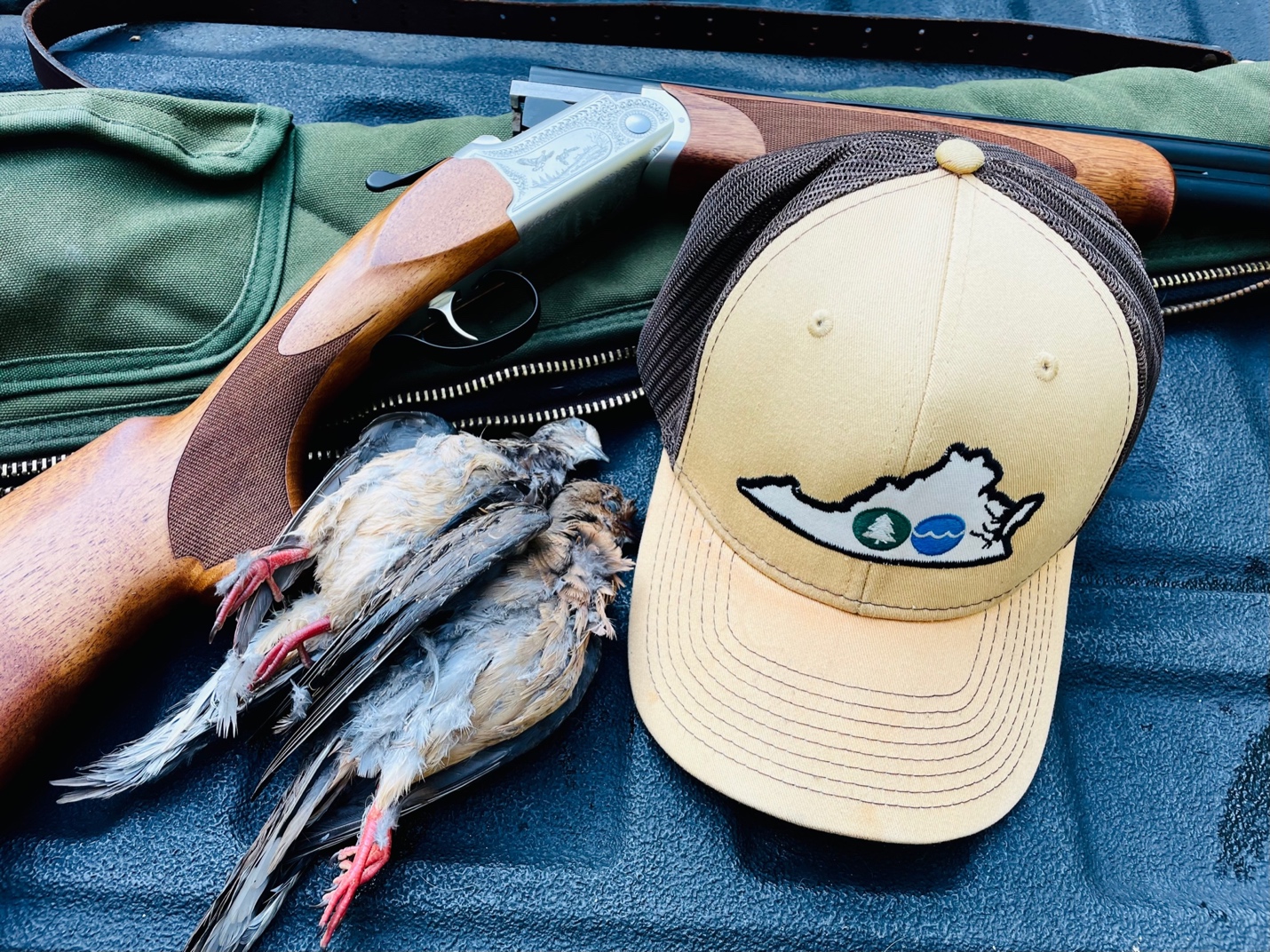September rings in another hunt season and for many, the realization that they never got to the course to practice! No worries, there is still time to add a few more birds to the bag. This month we take a closer look at everyone’s favorite jalapeno pairing, how to handle these little gray acrobats and what to look for in a quality dove hunt.
So many of us wish away August so that we can finally get back on birds. I unabashedly start back in July. Fun in the sun for summer is great but the opening day of hunt season is even greater! Students will often ask for the insider tips and tricks to bring down these zippy, little gray ghosts. Doves are a fan favorite because of their high-flying antics and delicious breast meat.
These shots are not difficult (I promise), they’re just different. First, blend in and back up. Make sure that you are well matched to the background and if you can, get into a hedgerow. The more “tucked away” you are, the better. Doves will and do flare when they see you moving around. The key is be still and let them come in and then, boom! Actually, that’s a bit overly dramatic. My students are always instructed to smoothly and softly mount into the bird and then add lead accordingly.
Doves have an average speed of about 40 mph with the ability to rocket upwards of 55 mph to escape predators. Their uncanny ability to hit the brakes and dart in a different direction is exactly why you need to blend into the background and refrain from jumping up as soon as you see them. While your shot can reach out to 100 yards doesn’t mean that you will be successful whipping lead at them at this distance.
A dove bucket is wonderful and allows you to shoot from a seated position, something that I highly recommend you practice before your hunt. September is rather warm so it’s important to have the right gear for the job. Shorts, short sleeves, lightweight longer wear, etc. You will also need glasses (not reflective or mirrored!) and a hat. It’s a dove field, you will have shot rain on you from somewhere.
You won’t need those super heavy loads for doves either. They are meant to be eaten and seem to oblige readily. Hunters have difficulty with the erratic flights not a lack of BBs. Typically, I will use 1oz #8 if I’m shooting my Syren 20ga and 1 1/8 oz #8 if I swap over to the Syren 12ga.
When you do get your harvest home, check out Hank Shaw for recipe ideas other than poppers. I like to be adventurous with my harvest and his website is incredible.
Many hunters prefer to use a blind and mojos. The best set up is a field of grain, be it milo, wheat, sunflowers or millet. No matter the grain, the ground HAS to be bare. I mean nothing but dirt. Dove don’t scratch like chickens as they have weak little legs, and they aren’t capable of the action. They love a good lookout point and that’s why so many people will put in false power lines. The dove love to roost on the lines and then drop down to the visible seed below. If there is a grassy bottom to the field, the dove will still come in but in far less numbers. Have you noticed dove hanging out on the sides of the road or open and clear areas? The reason is those weak legs.
They also don’t require water at their feeding grounds. Don’t worry about trying to find a hunting ground with nearby water. Worry more about the field and the easy access and visibility of seeds. If there are no lines in the field, a good, strong hedgerow will certainly make up the deficit. The lines or hedgerow make for some very fun and high, overhead shots. For the incoming, high-flying birds, you need to keep the muzzle ahead of the bird. Block out the bird and enjoy success. The only thing you can achieve at the back of the bird is a miss!
We’ll be celebrating opening day at Bacon Farms in Lunenburg. This new preserve offers beautifully managed fields and thousands of birds. For more information on this incredible hunt check out our “Bird Hunts” tab on our website at VaShootingSports.com. No matter where you end up opening day, have a safe and fantastic hunt and be sure to share the adventure and excitement with a friend or family member!
Kate Ahnstrom, owner of Virginia Shooting Sports is a certified, professional instructor of the Paragon School of Sporting, pro staff Syren/Caesar Guerini, resident pro Orapax Hunting Preserve, Artemis ambassador for Virginia and field staff member of the Sisterhood of the Outdoors. Her tireless dedication to her students’ success is obvious in each and every lesson.



